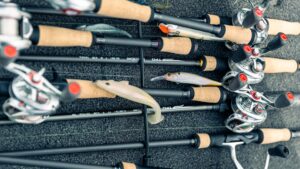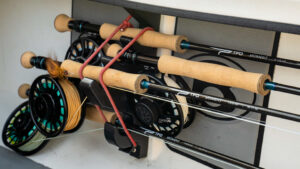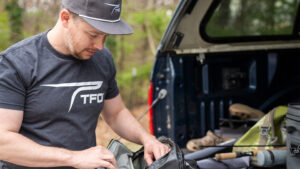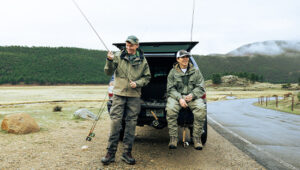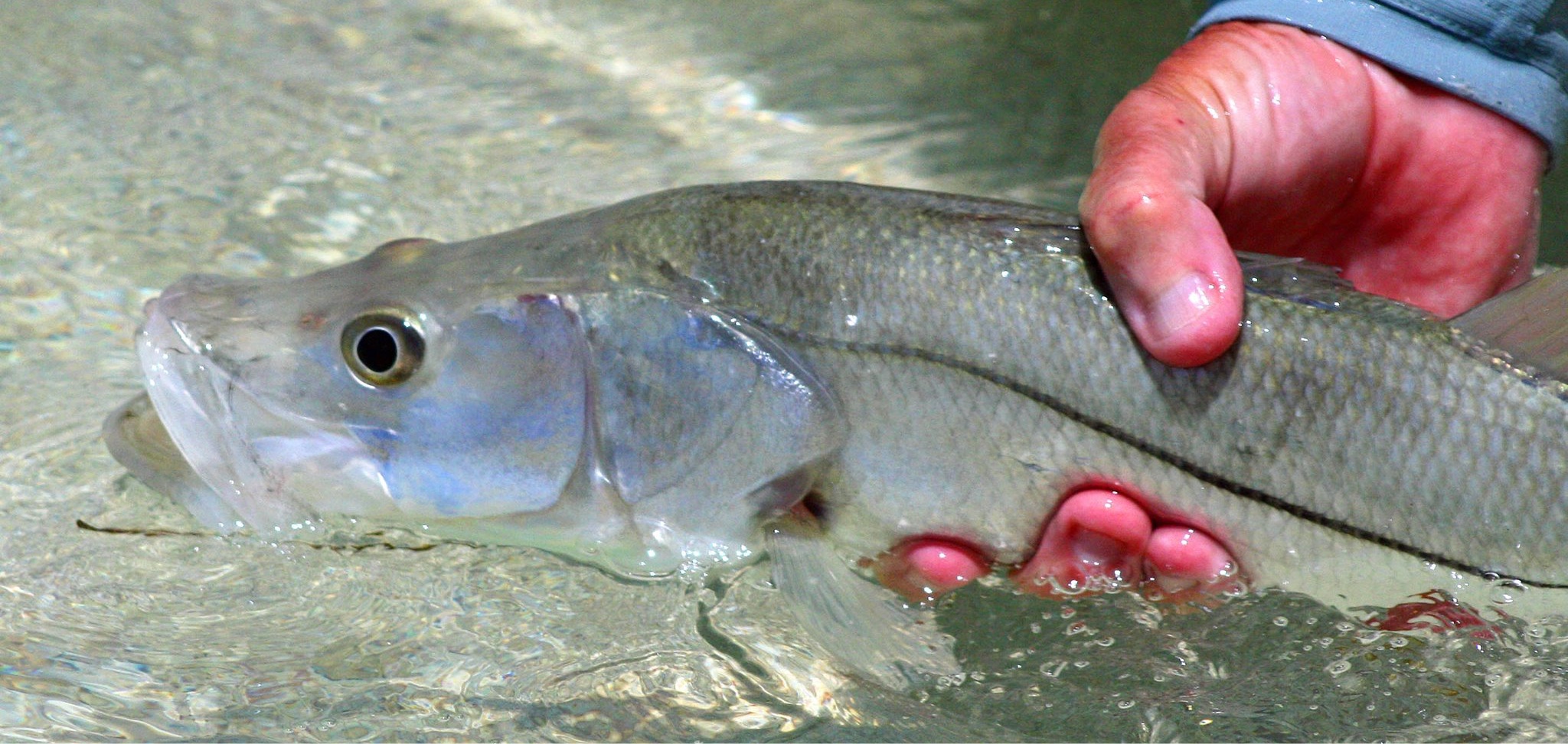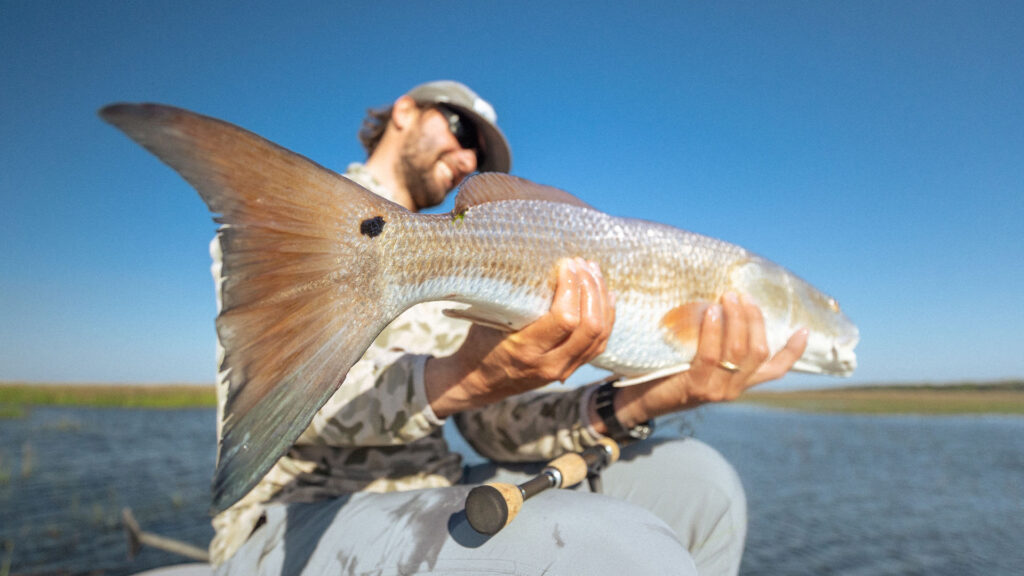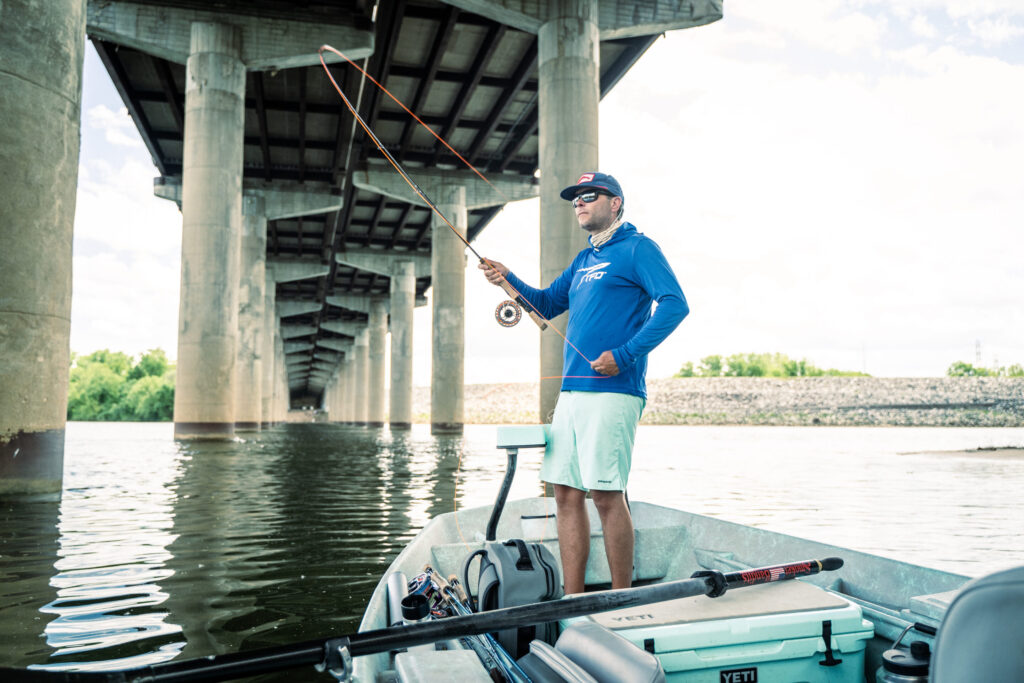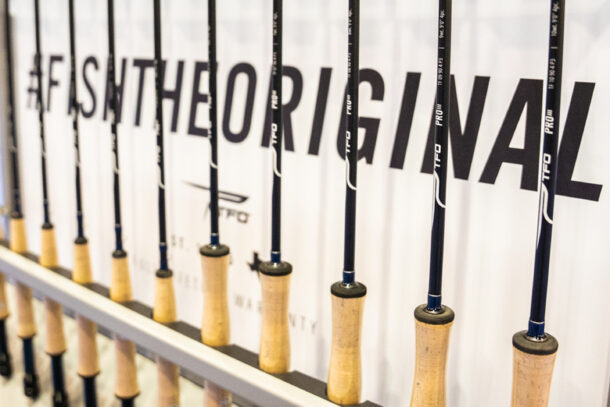It’s almost May. It’s Florida, and it’s about get hot as spring is preparing to yield to summer’s swelter. It’s a little too early for tarpon and too late for redfish. Nevertheless, inshore fishermen have a viable option — snook on the beach.
From early May through late August, snook roam the surf on both coasts of the Sunshine State, providing anglers an excellent opportunity for sight fishing. It’s not as exciting as bonefish in the Bahamas, but it’s an affordable, fun way to spend summer mornings.
Below are a few tips to help you get started.
Geography
Beach snook is largely a Florida affair. The linesider can be found on both coasts of the state in the spring and summer as the sporting fish leaves the passes in search of baitfish along the beach. Buyer beware: You won’t find many sight-fishing opportunities on the beach north of Tampa or Fort Pierce.
Snook need warm water. Anglers need calm, flat surf. Both are available in the southern parts of Florida. Top spots on the gulf coast are Honeymoon Island and Fort DeSoto (Tampa/St. Petersburg), Casey Key (Sarasota) and Sanibel (Fort Myers area). On the Atlantic side, Hobe Sound and Bathtub Beach near Stuart are worth the trip to the Treasure Coast.
The Right Conditions
As with any form of sight fishing, the sun, wind and surf all have to work in concert for prime visibility. You want the sun at your back. That means an early start on the west coast; and a later start on the east coast. I start around 8:30 or so in Tampa and around 11 in Jupiter and Stuart. You can fish later, but may have to dodge afternoon thunderstorms.
With the wind, you want an east wind on the gulf side; and a west wind on the atlantic. Both scenarios help flatten the surf and make casting a little easier. Ideally, I like the wind 10 miles an hour less.
Even more important is the height of the surf. Waves of a foot or less make it easier to see the fish. Waves of 1-2 feet are manageable. Anything bigger than that leads to a lot of bind casting. Surfline is one of the best sources to evaluate these conditions.
Positioning
Beach snook fishing requires a lot of walking but little wading. Stay on the sand as much as possible. You’ll scare fewer fish.
Scan the surf. Look where the secondary waves form and break. Fish use the waves for cover, or they merely wait for the wave to break and try to pin the bait — mullet and pinfish — along the trough. Most of the fish will be in mere inches of water —- ankle to knee deep.
To ensure better visibility, wear a hat with a wide brim with a quality pair of polarized sunglasses.
Flies
I like to keep things simple. I use two main flies — Lefty Kreh’s Deceiver and Norm Zeigler’s Schminnow — and have caught scads of fish on sizes 1, 2 and 4. The Schminnow is easy to tie. The Deceiver is more time consuming at the vise, but a classic that almost always produces in darker colors. It is one of my all-time favorites.
Equipment
I use two different rods —- an 8-weight on the gulf coast and a 10-weight on the east coast. The reason? Atlantic snook are bigger and it’s not unusual to run into a tarpon on the beach on that side of the state. My favorite TFO rod is the Axiom II. It’s sturdy yet smooth. The same could said for the Power Reel, which is sexy but very serviceable under difficult saltwater conditions.
Wind and waves constantly tug at your fly line. A stripping basket is a must.
You can either use a floating line or an intermediate line. If the surf is a tad high, I use the intermediate. It’s a matter of personal preference.
Leaders are simple — 5 feet of 40-pound mono attached with a blood knot to 4 feet of 20 or 30-pound fluorocarbon.
For conventional gear, I like the 7-foot GIS Inshore, an ideal rod for blind casting when conditions don’t allow for sight fishing. Regardless of your weapon of choice, beach snook are a blast.
Thoughts? If you have additional tips, feel free to comment below or drop us a line on social media.
